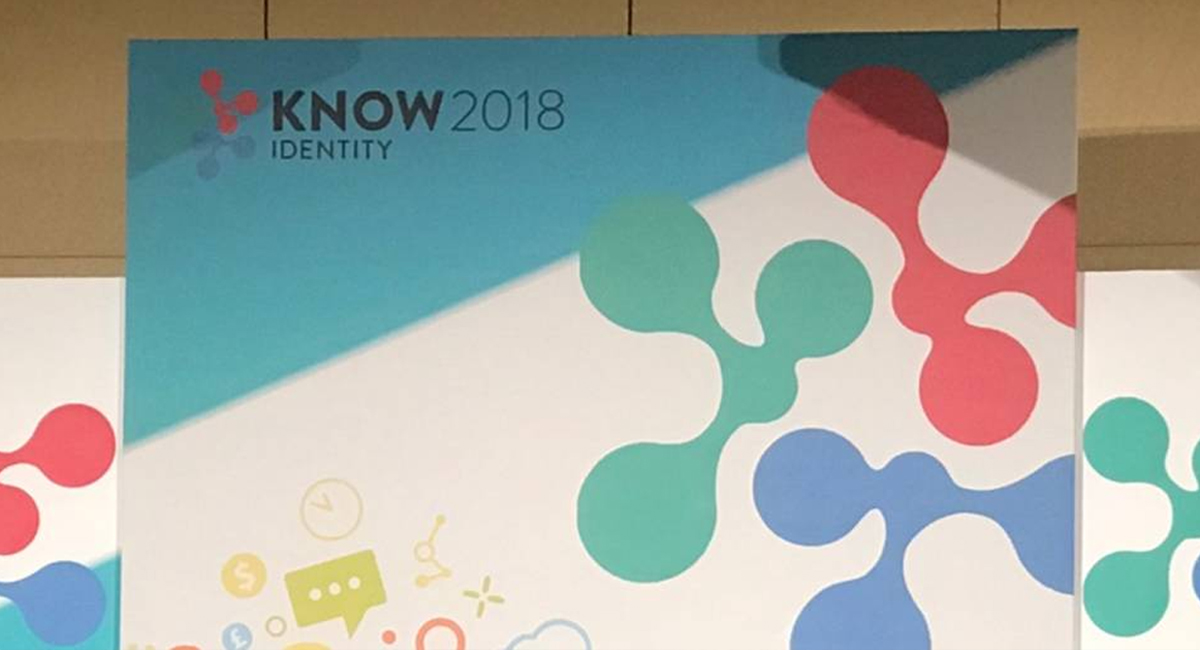
December 3, 2018 | Veratad Blog | Category: Veratad Technologies Blog
Digital Identity Methodologies: Part II
Digital Identity Methodologies: Part II: Document Verification
In an increasingly digital age, the need for online ID verification is only growing. A number we’ve seen pop up, again and again, is $20 billion – as in the market for ID Verification will grow to be a $20 billion industry by 2022. “Identity verification-as-a-service offers a way for e-commerce providers to outsource the verification function to providers with the necessary scale and security to accomplish sensitive transactions quickly, safely, and efficiently” (Fuel x McKinsey).
As an identity verification provider, we thought we would take you through some options you have when you want to verify an identity online.
The way we see it, there are three major methodologies a verification provider can use to verify an identity online. The first method is based on identity data, the second on identity documents and the third is based on biometrics. In our last post, we covered verification through data. If you missed it, you can read it here. This week, we’re covering the second methodology: document verification.
Verification by Document
The document verification methodology is based on the capture of a document such as a government-issued ID, like a driver’s license or a passport. The onboarding process of a new customer is where these solutions are mostly deployed, but we’ve also seen this verification method deployed to re-verify a user that is already trusted.
Document verification has traditionally been done manually for age verification (think about when you buy a pack of cigarettes or a lottery ticket from your local 7-11). With the increased desire so decreased human interaction, we order everything online and that manual verification has to be done via the internet.
One way to solve this problem is to simply have the end users upload a picture of the document to a secure portal and have someone off-site manually review the photo of the document. While this is an option, it’s far from our favorite option because it’s time-consuming and costly to employ a dedicated person to review these documents quickly enough to not delay the end user’s account creation or purchase. However, we do understand that this model is the preferred method for many organizations.
An alternative method, and arguably the preferable method, is an automated service where documents are authenticated and the authenticating service can provide a score which demonstrates if the document is real or not. This typically happens in real time and also includes a verification of the data extracted from the document. The document verification solution reads the document and then uses that data to run through a data verification that we talked about in the previous section.



